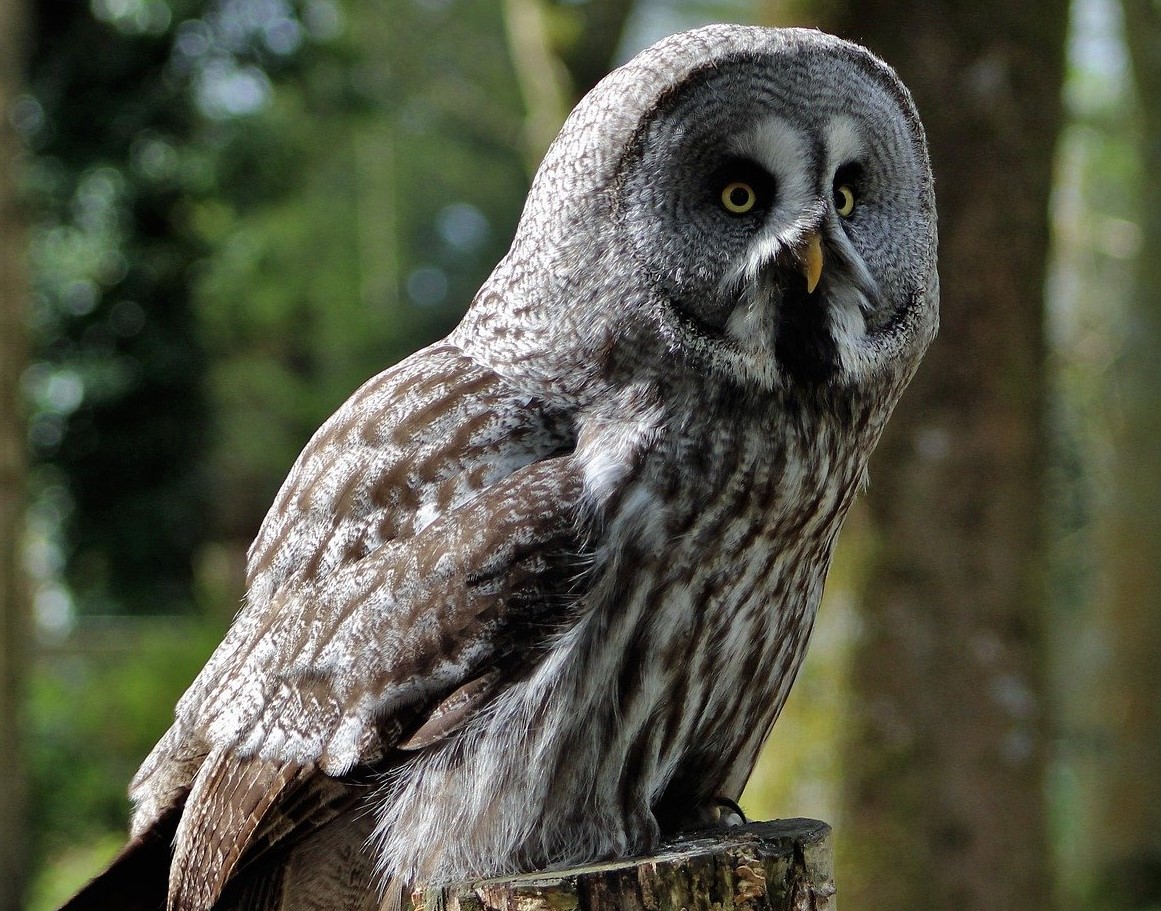Moult pattern of primaries and secondaries during first and second flight feather molt in Great Grey Owls Strix nebulosa
DOI:
https://doi.org/10.34080/os.v21.22610Keywords:
identification, morphology, skins, ageing, moultAbstract
Great Grey Owls start flight feather moult when in their second year. Moult was studied on outspread wings of 58 individuals in the collections at Naturhistoriska Riksmuseet in Stockholm. The owls always moulted the innermost secondaries in their first moult, and usually at least two primaries, most often P5 and P6. After this moult, birds had 11–17 juvenile feathers left in each wing, of a total of 21 flight feathers. In their second flight feather moult, birds shed primaries outwards and inwards from the primaries moulted during the first moult. A variable number of secondaries outwards from S10 and S11 were moulted. All birds retained at least one juvenile feather, always P1. The number of juvenile flight feathers after the second moult was 1–6. The collection held no individuals known to be in their third flight feather moult. Thus it was not possible to determine whether birds in this age group could be aged by the wing moult pattern. Great Grey Owls with no juvenile flight feathers should thus be classified as 4C+ in autumn, and 5C+ in spring.
Downloads

Downloads
Published
How to Cite
Issue
Section
License
Copyright (c) 2011 Roar Solheim

This work is licensed under a Creative Commons Attribution 4.0 International License.
The copyright of each contribution belongs to the author(s), but all contributions are published under a Creative Commons license, so that anyone is free to share and reuse the contribution as long as the copyright holder is attributed.







